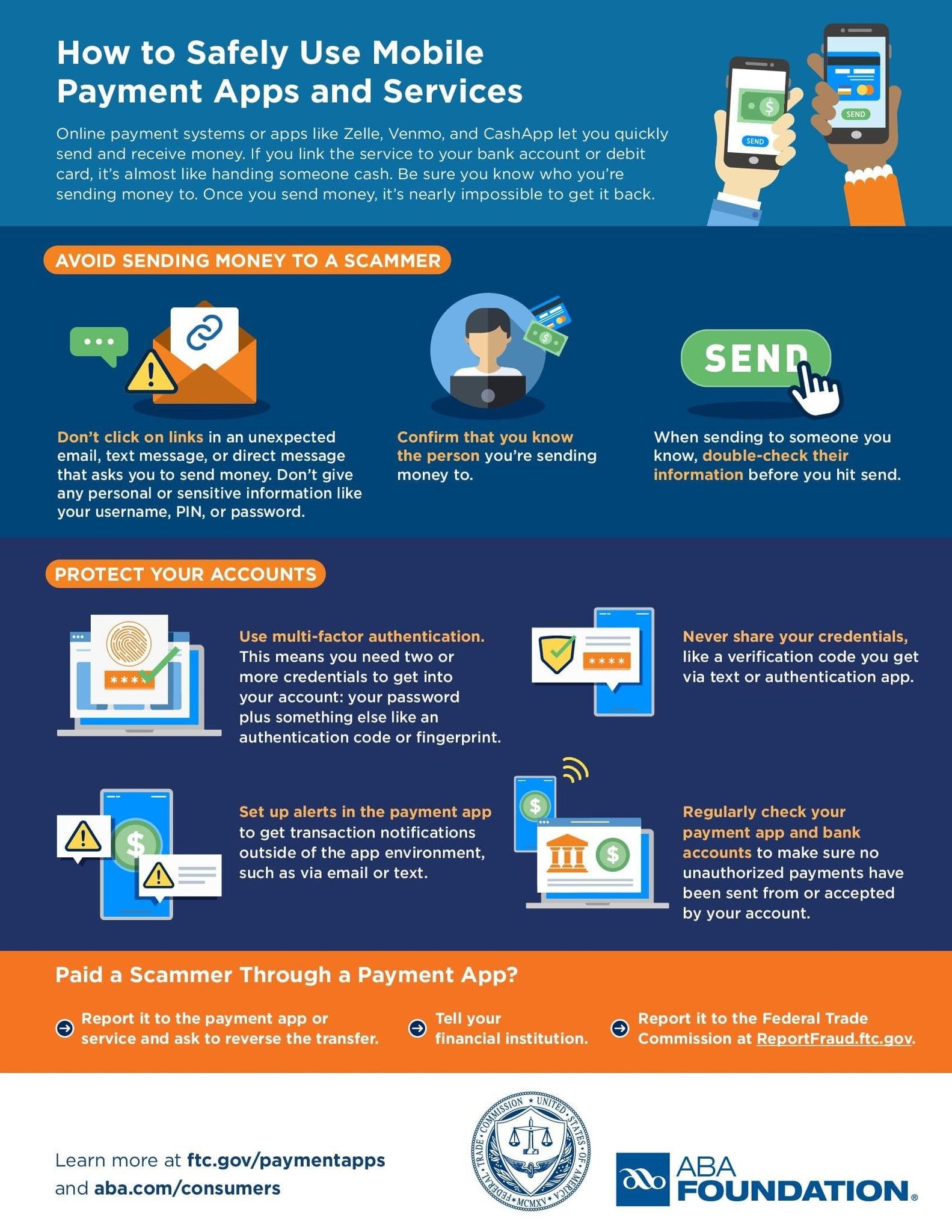Consumer fraud alert: Cash payment app scams have emptied clients' bank accounts
by Marion Hoffman Fraley, Communications Director
(updated July 21, 2022; original post May 26, 2022)
At a May 18 LASP Housing and Consumer Affinity Group virtual meeting, Carolyn Johnson, Interim Supervising Attorney for Legal Aid of Southeastern PA’s Regional Housing Unit and longtime consumer advocate, shared that she seen an increase in problems with scams using the cash payment app Zelle. She has recovered some funds for clients. Carolyn noted that the app is offered through banks and credit unions. The LASP Consumer Affinity Group, consisting of staff attorneys and paralegals, exists to provide consumers with the tools to improve their financial well-being. The group brainstorms solutions and shares trends to strengthen LASP's response to emerging and ongoing legal issues in Bucks, Chester, Delaware and Montgomery counties.
The problems with Zelle have been noted in the New York Times, Forbes and other media outlets. In an April 26 Times article, reporters Lananh Nguyen and Stacy Cowley wrote, "In one common scam, attackers posing as bank fraud investigators fool victims into transferring money into thieves’ accounts. Banks often refuse to compensate the tricked customers because they view them as having approved the transfers."
Cash payment apps in the news
Rise in scammers exploiting Zelle to con people out of money (Good Morning America, April 28, 2022)
Peer-to-peer payment use is growing. So are scams (Marketplace, July 20, 2022)
Tips to avoid mobile payment app scams
The American Bankers Association Foundation and Federal Trade Commission provide the following tips for consumers who use mobile payment apps, including Zelle, Venmo, CashApp and others.
Click image above to view full-page infographic published in April 2022 by the American Bankers Foundation and Federal Trade Commission. Online payment systems or apps like Zelle, Venmo, and CashApp let you quickly send and receive money. If you link the service to your bank account or debit card, it’s almost like handing someone cash. Be sure you know who you’re sending money to. Once you send money, it’s nearly impossible to get it back.
Avoid sending money to a scammer
Don't click on links in an unexpected email, text message, or direct message that asks you to send money. Don't give any personal or sensitive information like your username, PIN, or password.
Confirm that you know the person you're sending money to.
When sending to someone you know, double-check their information before you hit send.
Protect your accounts
Use multi-factor authentication. This means you need two or more credentials to get into your account: your password plus something else like an authentication code or fingerprint.
Never share your credentials, like a verification code you get via text or authentication app.
Set up alerts in the payment app to get transaction notifications outside of the app environment, such as via email or text.
Regularly check your payment app and bank accounts to make sure no unauthorized payments have been sent from or accepted by your account.
Paid a scammer through a payment app?
Report it to the payment app or service and ask to reverse the transfer.
Tell your financial institutions.
Report it to the Federal Trade Commission at ReportFraud.ftc.gov.
Further reading
Mobile Payment Apps: How To Avoid a Scam When You Use One | Federal Trade Commission (FTC) | https://bit.ly/ftc-avoid-scams-with-mobile-apps.
American Bankers Association Foundation and FTC Release Consumer Education Infographic on Payment App Scams: https://bit.ly/3NEEnBK
Helpful tips for using mobile payment services and avoiding risky mistakes | Consumer Financial Protection Bureau (CFPB) blog post | https://bit.ly/3sYkA8j


